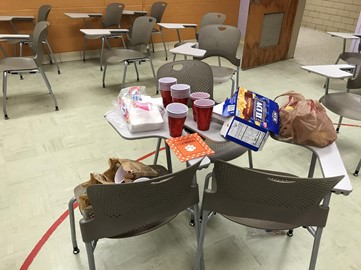Cameraphone Composition: Documentary Filmmaking as Civic-Rhetorical Action in First-Year Composition
by Jacob D. Richter | Xchanges 16.1, Spring 2021
Contents
The Retold Histories of Clemson
The Process: Making Documentary Videos in the FYC Classroom
The Retold Histories of Clemson: Three Documentary Films
Behind the Scenes”: Access, Accessibility, & Audiences
Appendix A: Assignment Prompt for The Retold Histories of Clemson Project
Conclusions
In The Retold Histories of Clemson, a small group of developing rhetors channeled their diverse backgrounds, perspectives, and concerns about their communities into the act of assembling a coalition of voices, filmic images, and personal commentaries that functioned to redefine the community they all collectively contribute to. If the available means of persuasion are indeed suddenly a whole lot more available, then cameraphone composers need be equipped with occasions designed not only to nurture multimodal invention as a rhetorical art, but also with occasions designed to cultivate the newfound possibility of a role as community educator as well. When we design occasions in which students are empowered to articulate and extend their values, voices, and aspirations to communities of public stakeholders, we put expressive power into the hands of cameraphone composers and let them perform important work for their communities.

 Download PDF
Download PDF